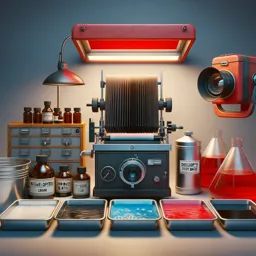Unlocking the Power of Layer Masks in GIMP
GIMP (GNU Image Manipulation Program) is a versatile open-source image editor embraced by artists and designers worldwide. One of its most powerful yet often underestimated features is the layer mask. Whether you’re retouching photos, combining images, or creating unique digital artwork, mastering layer masks in GIMP can radically elevate your editing workflow.
What Are Layer Masks?
Layer masks allow you to control the transparency and visibility of different areas within a layer without permanently erasing any content. By using masks, you can non-destructively reveal or hide portions of an image, enabling flexible editing and creative experimentation.
Applying Your First Layer Mask
- Select your desired layer in the Layers panel.
- Right-click the layer and choose Add Layer Mask.
- Choose your mask settings: White (full opacity) or Black (full transparency) are common starting points.
After adding the mask, use the Brush Tool with black to conceal parts of the layer, or white to reveal them. Grayscale values provide partial transparency for smooth blending.
Advanced Tips and Techniques
- Gradient Masks: Use the Gradient Tool on your mask to create seamless blends between images—for example, merging a sunset sky with a portrait.
- Combine Multiple Masks: Duplicate layers and apply different masks to create complex composites or double-exposure effects.
- Invert Masks: Quickly swap masked and unmasked areas by selecting the mask thumbnail and pressing
Ctrl+I. - Refine Edges: Paint on the mask with varying brush hardness or use feathering to achieve smooth, natural transitions.
Creative Applications of Layer Masks
Layer masks are not just tools for correcting mistakes—they offer unlimited creative potential. Use them to:
- Blend textures and overlays for unique artistic effects.
- Apply selective color adjustments to highlight specific parts of your image.
- Create text effects by masking images within lettering.
Experiment freely, knowing that layer masks can be edited or removed at any stage, making your workflow non-destructive.
Conclusion
Mastering layer masks in GIMP unlocks powerful, non-destructive editing techniques that rival those found in premium image editors. With practice, you’ll find layer masks indispensable for both everyday photo touch-ups and bold, imaginative digital art. Start incorporating layer masks into your GIMP projects and watch your creative possibilities expand!

























